As Biden heads to Israel, looking back at presidents in war zones, from Lincoln to Trump
Abraham Lincoln came under fire during his battlefield trip.
President Joe Biden plans to visit Israel on Wednesday to confirm the United States' solidarity with the country after Hamas' surprise attack, officials said.
The trip marks the second time Biden has visited a war zone as president -- following his surprise visit to Kyiv, Ukraine earlier this year to reiterate America's commitment to the war-torn country one year after Russia's invasion.
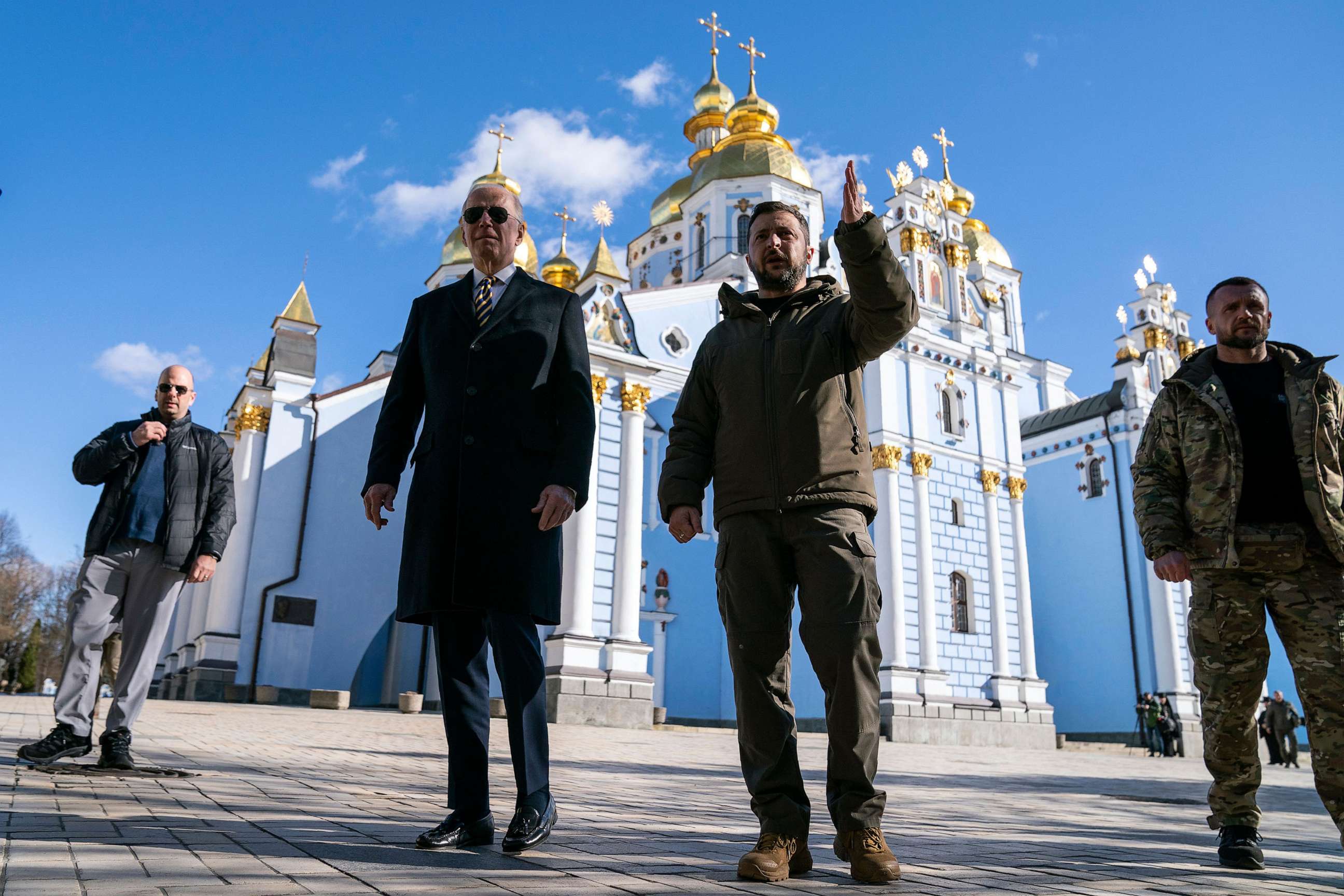
Biden is among several sitting U.S. presidents who have visited a war zone -- joining a list that includes Franklin Delano Roosevelt, Richard Nixon and even Abraham Lincoln, among others.
Abraham Lincoln
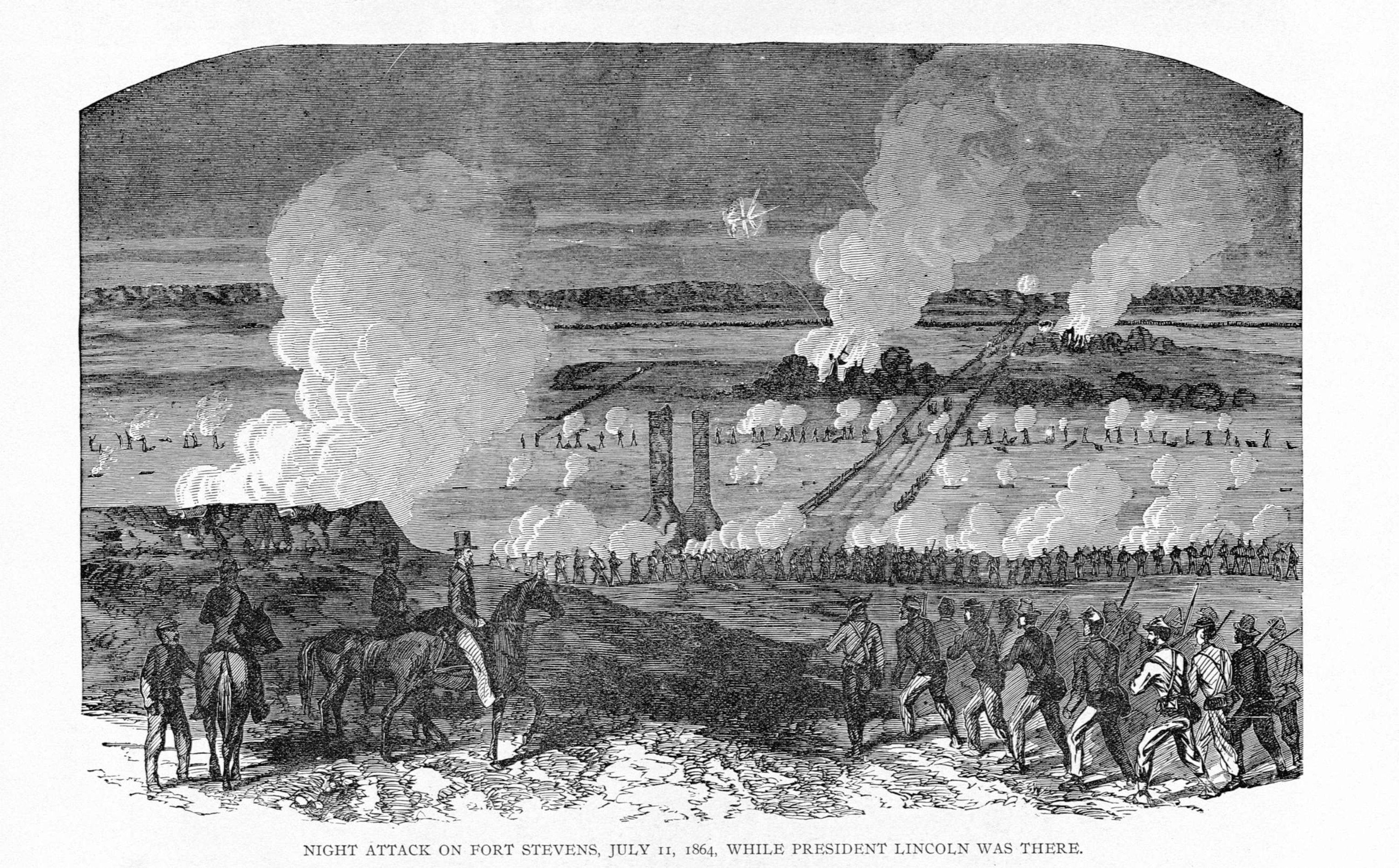
Lincoln was in the White House when Confederate troops invaded Washington, D.C., in July of 1864. Lincoln left the White House and visited the battlefield at Fort Stevens.
Lincoln is thought to remain the only sitting president to come under fire. He climbed a parapet at Fort Stevens for a better view and troops began shooting. The president may have been warned by a nearby soldier -- according to legend -- to "get down, you damn fool!" A Union surgeon a few feet from Lincoln was hit and wounded.
Franklin Delano Roosevelt

Roosevelt was in office for almost the entirety of World War II. His only overseas visit to the theater of war -- which encapsulated much of Europe -- was on Dec. 8, 1943.
On the second anniversary of his famous speech on Pearl Harbor, Roosevelt visited Allied military installations in Italy.
Lyndon B. Johnson
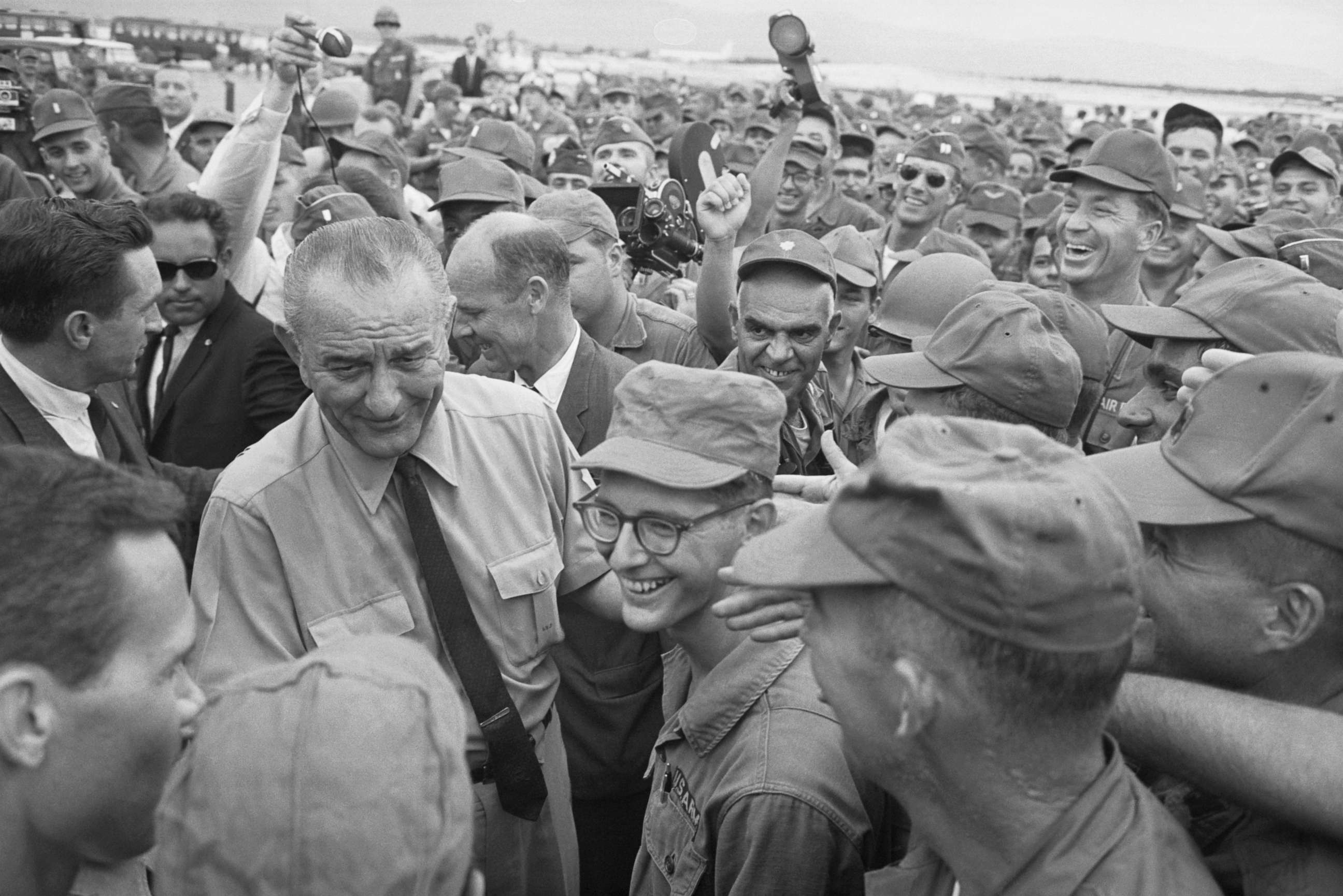
Johnson first sent U.S. troops to Vietnam in March 1965 and he made two overseas visits to the war zone during his term.
In October of 1966, he visited U.S. forces in Cam Ranh Bay. A little over a year later, he returned to Cam Ranh Bay on Dec. 23, 1967.
Richard Nixon
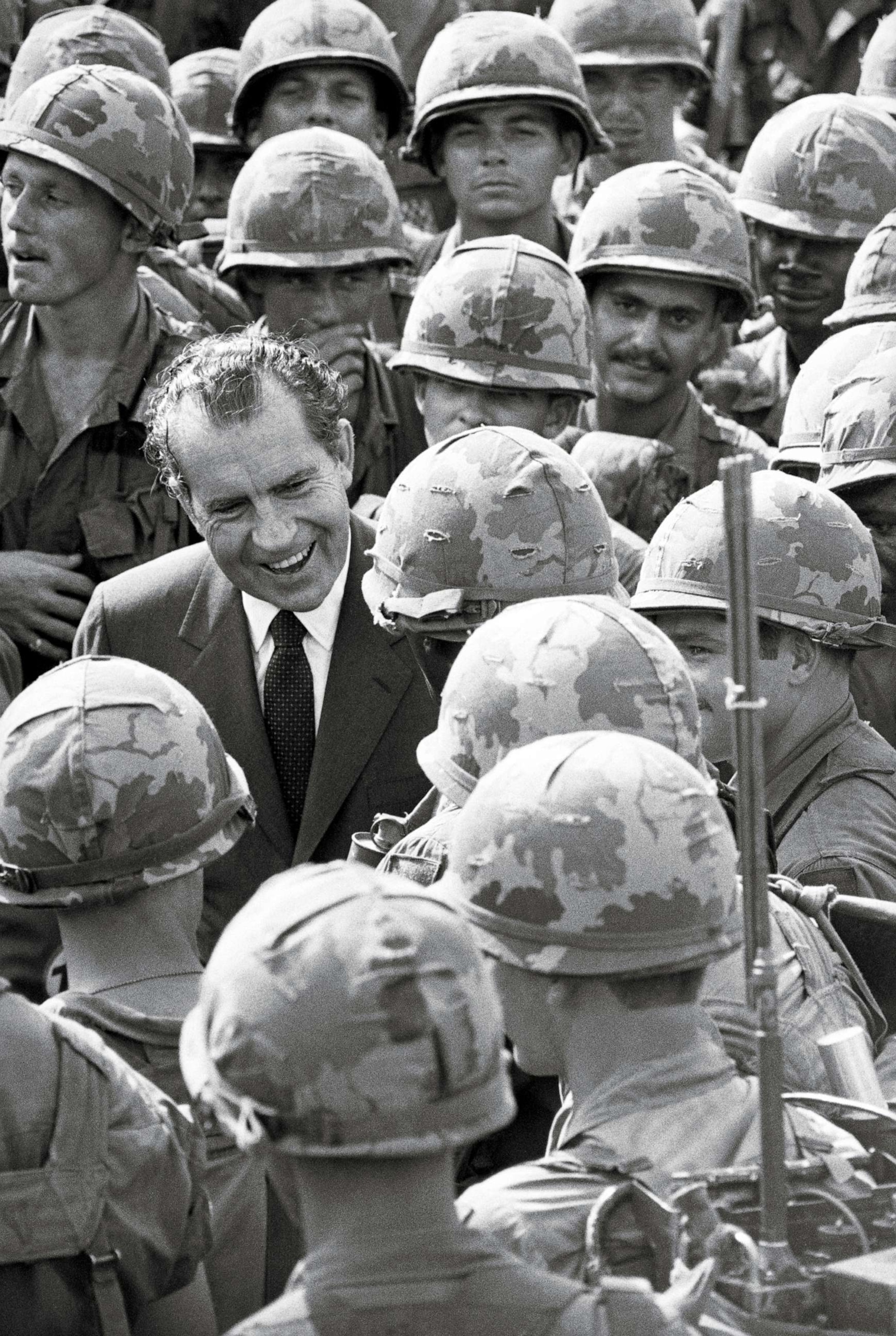
The U.S. withdrew from Vietnam during Nixon's time in office and he made one overseas trip before the conflict ended.
On July 30, 1969, Nixon met with South Vietnamese President Nguyễn Văn Thiệu and visited U.S. troops in Saigon.
George W. Bush
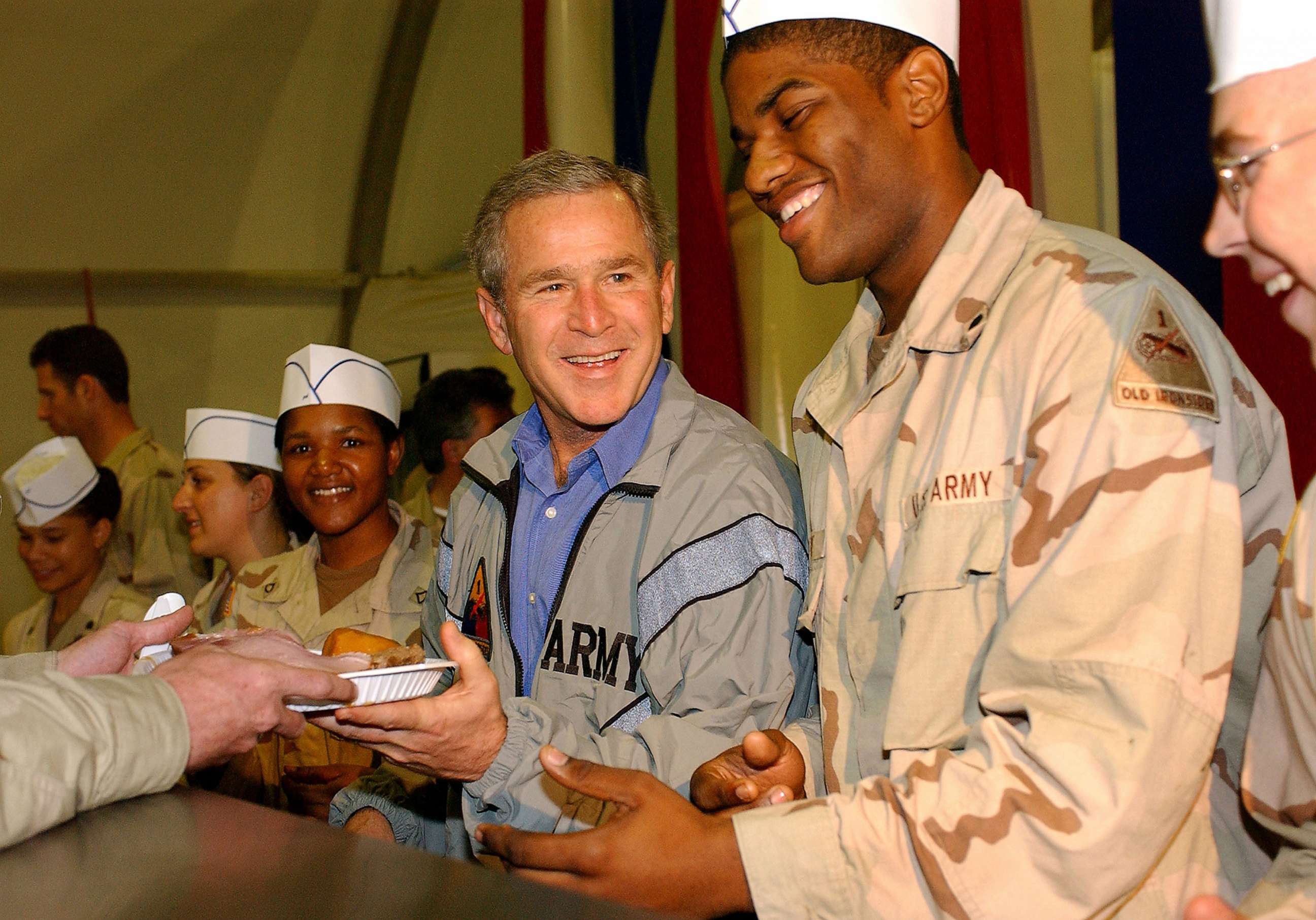
Bush oversaw U.S. troop deployments to Afghanistan and Iraq as a part of what was known as the War on Terror following the 9/11 attacks.
In his two terms, Bush made two visits to Afghanistan and four visits to Iraq.
Bush's first war zone visit was on Nov. 27, 2003, to Baghdad. He met with Iraqi leaders and addressed U.S. military personnel. He made two more trips to Baghdad and one trip to Al-Assad Air Force Base during his terms.
Bush visited Bagram Airfield and Kabul in Afghanistan in 2006. He met with then-Afghan President Hamid Karzai, dedicated a new U.S. embassy and visited U.S. troops. He returned to Kabul in 2008 and again met with Karzai and visited U.S. troops.
Barack Obama
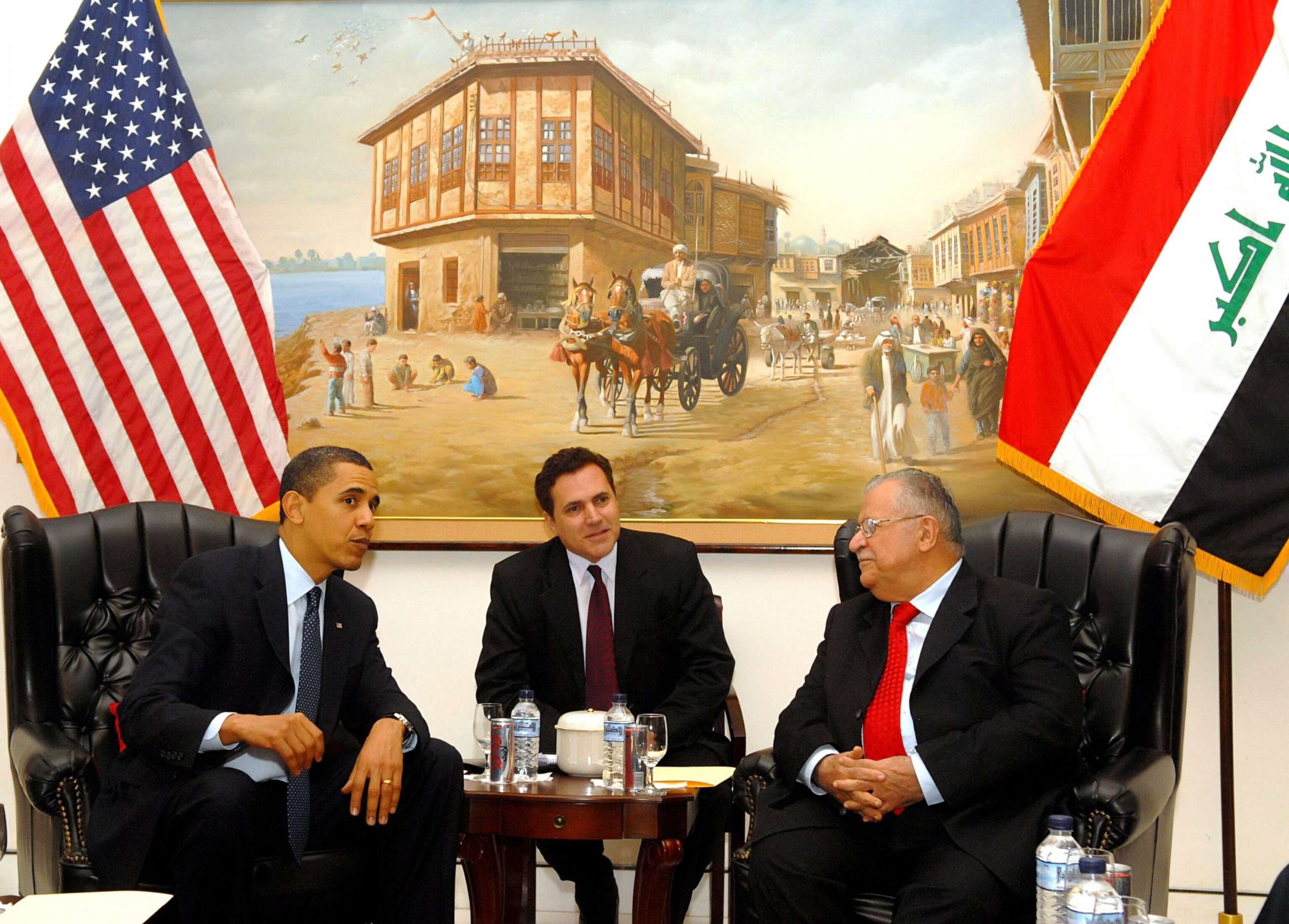
Obama made one visit to Baghdad, in April 2009. He met with Iraqi President Jalal Talabani and visited U.S. military personnel.
Obama made four trips to Afghanistan, starting in March 2010, when he visited both Kabul and Bagram. He made two more trips to Bagram and one more trip to Kabul by 2014.
Donald Trump
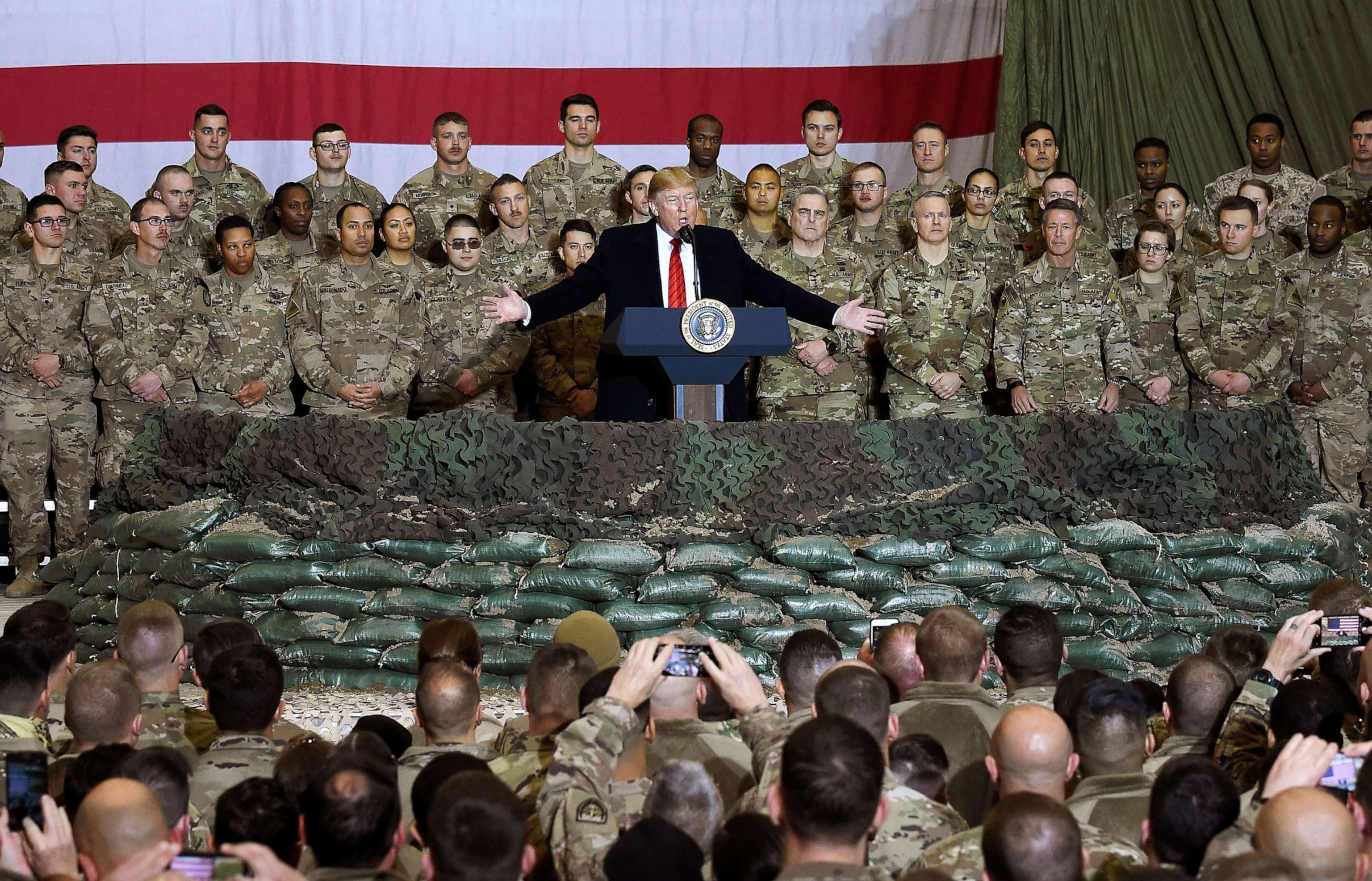
Trump made two visits to troops overseas during his term. He first visited U.S. forces in Iraq on Dec. 26, 2018.
On Thanksgiving Day in 2019, he made a surprise visit to U.S. troops at Bagram Airfield in Afghanistan.
ABC News' Nancy Gabriner and Terry Moran contributed to this report.




